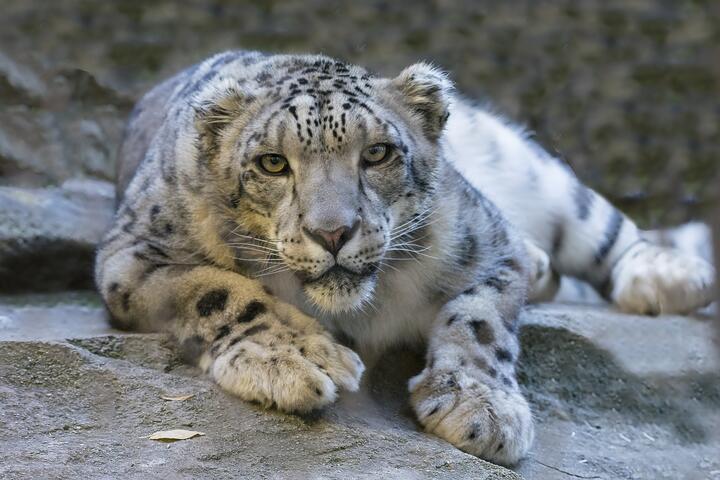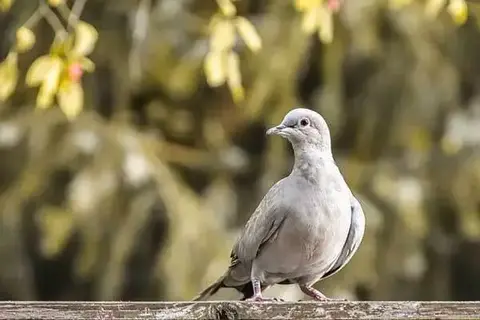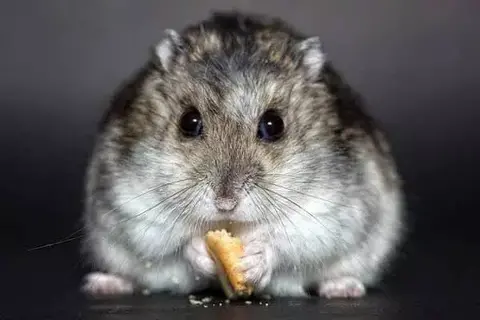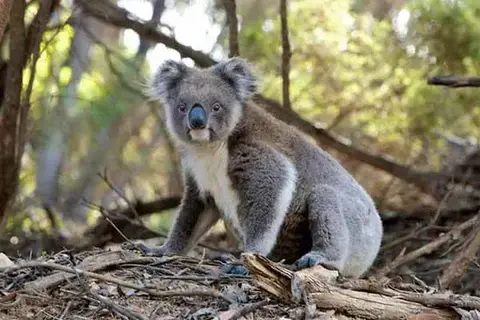Snow Leopard Habitat And Conservation
Khai DoveThe snow leopard (Panthera uncia), also known as the ounce, is a large cat native to the mountain ranges of Central and South Asia.
 Photo by Pixabay on pexels
Photo by Pixabay on pexelsAreal: Altai, Pamir, Tien Shan, Tibet, Himalayas, Mongolia, Afghanistan, Pakistan, Nepal, China.
Description: Snow leopard wool is long (up to 12 cm long), fluffy, with a thick undercoat. The head is small. Pupils are round. The tail is long (up to 3/7 of the total length), covered with thick fluffy wool. The female uses it to heat her kittens. Males are larger and more massive than females.
Color: general body background is whitish-gray (sometimes with yellowish plaque), which perfectly masks the leopard from enemies and his victims. There are many small black spots on the head. On the torso, spots are black-gray or black in the form of rings. The abdomen and inner legs are white.
Size: body length 1.2-1.5 m, tail – 80-100 cm, height in the shoulders (in the crest) – 60 cm.
Weight: male – 45-55 kg, females – 35-40 kg.
Life duration: in nature up to 18-20 years, in captivity up to 28 years.
Voice: the snow leopard may purr, and when the animal is angry, it gently growls hisses and purrs.
Habitat: adapted to harsh climatic conditions – low snow alpine meadows and bare rocks at the borders of eternal snow, slopes of gorges, woodless highlands, stone placers (5000-6000 m above sea level).
Enemies: the main enemy is the man. In hungry ounces years can compete for food with flocks of wolves.
Diet: Snow leopard hunts mountain goats and rams, roe deer, wild boars, marmots, hares, white partridges, reindeers, elks, and domestic yaks.
Behavior: spends light hours in the shelter. Snow leopard rests in caves, clefts of rocks, on low trees. Hunting at dusk and night. The snow leopard can make jumps up to 6 m long. Sight and hearing are well developed. Snow leopard loves to play and lie in the snow. After such games, it rests and warms up in the sun.
On average every 10-15 days kills one big prey and eats it for about 4 days.
When he meets a man, he tries to leave or hide.
Dense and fluffy fur on his paws helps ounce to run fast on the snow and keep on the slopes of the mountains.
It can migrate the trail of wild goats up to 600 km.
 Photo by Pixabay on pexels
Photo by Pixabay on pexelsSocial structure: Snow leopard leads mainly to a solitary life.
The individual plot is about 160 km 2 .
Reproduction: the female does not breed every year. For childbirth, the female makes a warm lair in deep caves, in cliffs or other places where kittens will not be disturbed by enemies. The bottom is lined with undercoat and wool, which pulls out of itself. A male is also involved in raising calves. Parents do not always actively protect their offspring.
Breeding season/period: January to March.
Puberty: for 2-3 years.
Pregnancy: lasts about 100 days.
Progeny: snow leopard females in captivity usually give birth to two to three cubs in a litter, but can give birth to up to seven in some cases. The weight of newborns does not exceed 500 g. The size of the tail is up to 25 cm long. The fur is gray-brown with spots and stripes.
Eyes open for 5-6 days. 10-day old kittens start crawling. Cubs come out of the lair of leopard at the age of two months. Lactation lasts up to 4 months, but from two months the female begins to feed them and meat. At the end of lactation, the kittens go hunting with their mother. Cubs play a lot, especially they like to hunt for their mother’s tail.
Use/harmful to man: snow leopard skin is very valuable. Leopard fur coats used to cost up to $60,000 in the United States. Now the leopard is also hunted for its bones, which are used in Chinese medicine.
It’s tame, though it’s got a pretty vicious character.
Conservation: Throughout its range, the snow leopard is a rare, endangered species. Included in the IUCN International Red List as an endangered species. The population number is not more than 2000 individuals.
Reasons for the decrease in the population are impoverishment of forage base, poaching, human development of mountain pastures, developing tourism, the high market price for hiding, and inside of leopard.
There are several subspecies of an ounce, which differ from each other in color, size, and spot.
Climate change is perhaps the most serious problem in the long term, threatening the survival of snow leopard. It is responsible for melting glaciers and increasing the risk of droughts affecting the flora and fauna of the region, and condemning snow leopards like other wildlife to increasing difficulties in finding food.
In the Himalayas, according to the World Wildlife Fund, climate change impacts could lead to a loss of up to 30 percent of snow leopard habitat.
See also 7 interesting facts about leopards
The Importance of Snow Leopard Habitat and Conservation
 Photo by Adriaan Greyling on pexels
Photo by Adriaan Greyling on pexelsThe key to protecting the snow leopard is to understand its habitat and the human impacts on it. Many of the conservation efforts to protect this species are focused on addressing conflict between people and cats. These conflicts can be caused by multiple uses of the landscape, including livestock farming and grazing. The best way to conserve the species is to work closely with local communities to protect their habitats while minimizing the risks to the animals. The best way to do this is to educate the public about the importance of preserving the elusive cat.
While the snow leopard’s habitat is fragile, it is an important indicator of the health of its ecosystem. Its role as a top predator makes it a vital indicator of the health of the high-altitude mountains where it lives. It is a solitary predator that prefers to hunt at dawn and dusk. While they primarily prey on herbivores, they can also harm livestock.
The snow leopard’s habitat is very fragile. The animal lives in steep, rocky mountains in central and south Asia. It lives on barren slopes and migrates upwards and downwards at a height between 3,000 and 5,000 meters. The ideal environment for the Snow Leopard is bleak, cold, and desolate. Consequently, it is critically important to protect the wildlife in this environment. If the animals do not survive, their habitat will be destroyed.
In addition to the threats to the animal, the Snow Leopard’s population is decreasing. Despite the conservation efforts, there are still several factors that may limit its growth. One of the biggest challenges is habitat fragmentation. Human settlements in their ranges are creating barriers to their survival. In some areas, human development has even increased their mortality rate. Its population is estimated to be less than half what it was in 1970, so the problem is much worse today.
The snow leopard’s habitat is essential to the ecosystem. It provides important resources to local communities, including wood for homes and firewood. It also protects livestock and other animals in the area. In addition to preserving the snow leopard’s habitat, its population has also provided valuable resources to local people, such as food and grazing for livestock. The water the snow leopards need is vital to the community, and its survival depends on the habitat of the animals.
The Snow leopard’s range is about 750,000 square miles. Its range is the same size as Texas and Alaska. Despite its large territory, the Snow Leopard is hunted by no other animal besides humans. The presence of the snow leopard means that the ecosystem is healthy, as it prevents the prey population from becoming too abundant. However, there is still a lot of conflict between the snow leopard and human settlements.
The habitat of the snow leopard is important for the local community. It provides resources for livestock such as wood for heat and food. In addition, it also provides important resources to downstream communities. In a case like this, the population of a snow leopard is estimated to be as low as 4,000-six to hundred. There is an increase in the numbers in the wild, but the population of these creatures is still very small. A major obstacle to preserving their habitat is climate change.
The snow leopard’s habitat is in the Himalayan mountains. Its habitat includes the Sagarmatha National Park, which is near the Everest peak. Mustang is in the western part of Nepal and is another possible habitat for the snow leopard. The species can share 100 square kilometers of land, so if there are five snow leopards living in the area, the population would be approximately the same size as the population of the country.
In addition to climate change, the habitat of snow leopards is threatened by mining, human encroachment, and infrastructure. Because of the limited space in the mountains, the population is declining. In order to protect the species, people must actively take action. By refusing to purchase animal skins, they can make a significant difference in the species’ habitat. They can also help the snow leopards by supporting the activities of the WWF.
- BirdsWhat Do Sparrows Eat In The Wild?

- InsectsByasa Alcinous ButterflyBy Nolan Foster

- WildlifeWhat Do Doves Eat In The Wild And At Home?By Khai Dove

- BirdsWhat Is A Food Of Owls?By Amelia B

- WildlifeAmazing Facts About CrabsBy Murphy Scott

- RodentsHamster Illnesses – Symptoms And TreatmentBy Evelyn Star

- Wildlife7 Interesting Facts About KoalasBy Camilo Walker

- WildlifeInteresting Facts About LemursBy Khai Dove

- RodentsWhat Does A Squirrel’S Nest Look Like?By Nolan Foster

- Wildlife35 Interesting Facts About LionsBy Khai Dove
